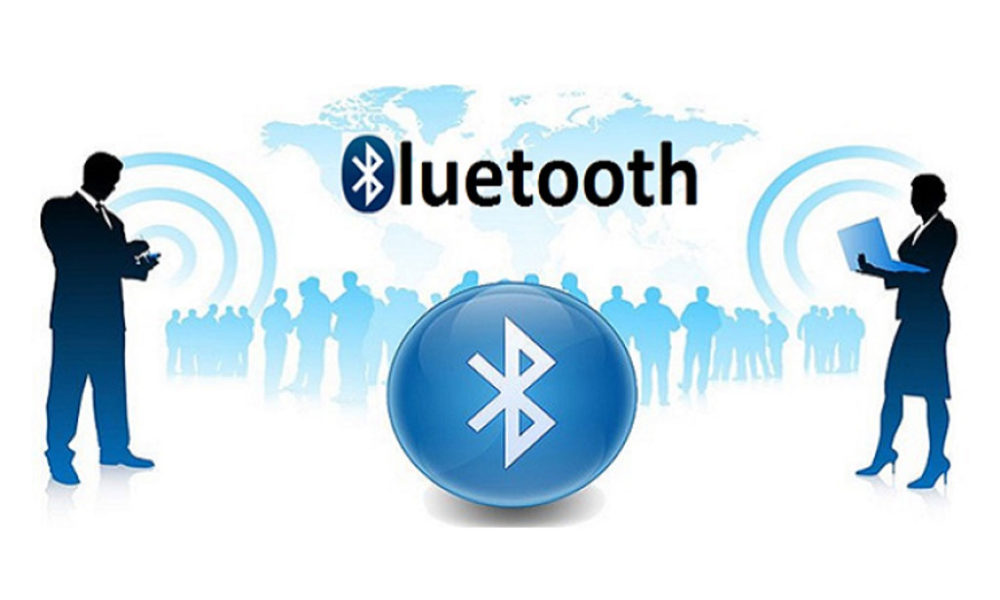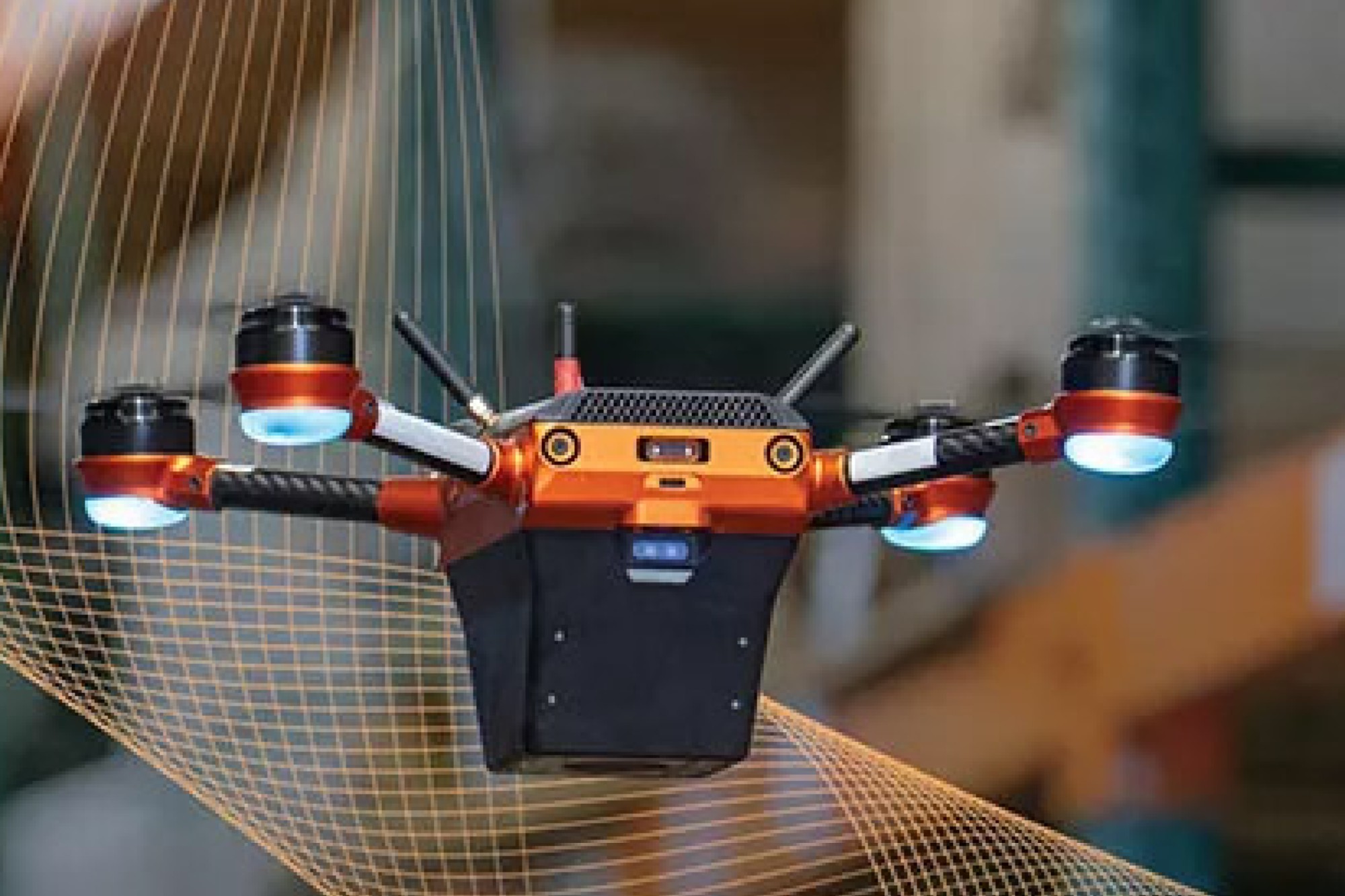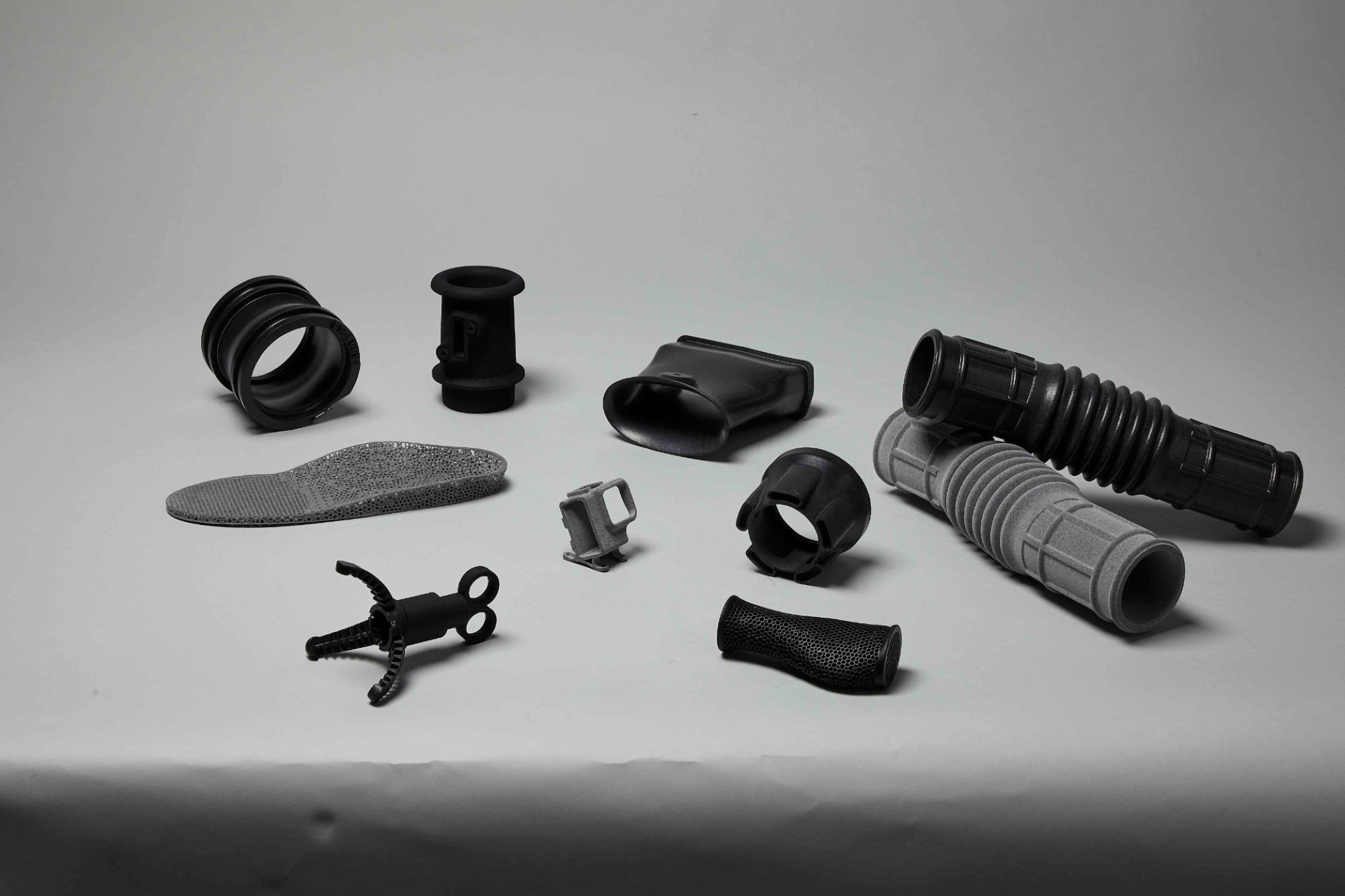How Bluetooth technology works in access control
By OEM Update Editorial August 14, 2017 1:52 pm IST
Using smartphones for access control is not a new idea. Nowadays, access control manufacturers are testing the multiple scenarios and technology that can be used to open the door. Earlier, we talked about the usage of near-field communication through mobile phones for access control. As the technology is improving, developers have started using Bluetooth technology into access control system.
Bluetooth technology is used in a variety of applications to sync intelligent devices such as smartphones, wireless headphones, health trackers and computers. In operation of access control, using Bluetooth enabled devices as a key offers some interesting opportunities for physical security.
Access control authenticates you by following three things:
• Something you have (RFID tag/card/key)
• Something you know (PIN), or
• Something proved your identity (finger prints).
The smartphone you are using have all the three authentication parameters. First things is key that also acts as a PIN to send an unlock signal and, phone can be unlocked by fingerprints (nowadays all smartphones are biometric lock based).
Profiling and authentication method
For using Bluetooth technology in access control, developers use Bluetooth Low Energy (BLE) for high energy efficiency and performance. The devices enabled with BLE technology can operate for months on single cell battery and is found to be best suited for IoT. BLE technology can operate with a maximum speed of 1Mbps with actual throughput of 10 ~ 35 Kbps and effective up to distance of 200 metres.
The operation of access control via Bluetooth technology requires direct connection between the bluetooth enabled device and the controller using software. Every Bluetooth device has their unique ID which can be used as a PIN/key for the authentication. This process is called Profiling which is done through a software. This is a onetime enrolment that takes place during the installation of the mobile application, from then on, the web based application controls access to the Bluetooth device.
Pros and Cons of Bluetooth based access controlAccess control using Bluetooth technology using the smartphone will reduce the cost of hardware like readers. Only software profiling is enough to use your mobile phone to operate/authenticate access control. The pros also include you need not to enter any kind of PIN or password to authenticate your identity, and now onwards your smartphone will be your identity.
But with the implementation of technology there are some cons related to it. FAR and FRR is more, also if there is certain disconnection between the device, it is quite tough to operate.
Like with any technological innovation it makes sense to start with piloting the technology. Make sure you are familiar with the merits and demerits of mobile access and see for yourself what the benefits and pitfalls are for your specific situation. And make sure you deal with a manufacturer that is sincere about the technology and is not only willing, but also capable of comprehensively explaining how to best utilise smartphone access in your particular situation.
Authored by:
Vipin Yadav,
Managing Director,
Star Link Communication Pvt Ltd
Cookie Consent
We use cookies to personalize your experience. By continuing to visit this website you agree to our Terms & Conditions, Privacy Policy and Cookie Policy.


















